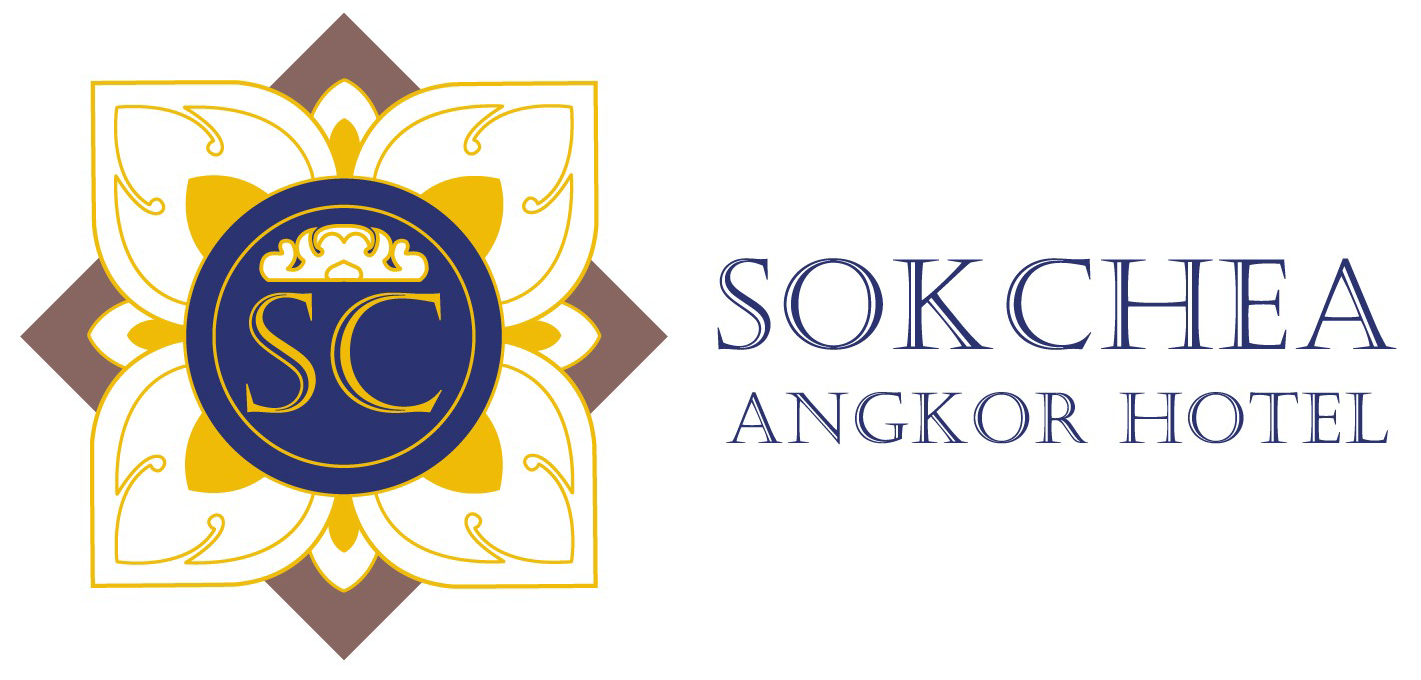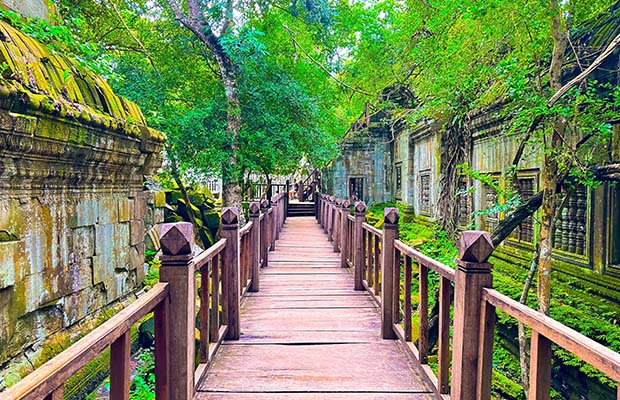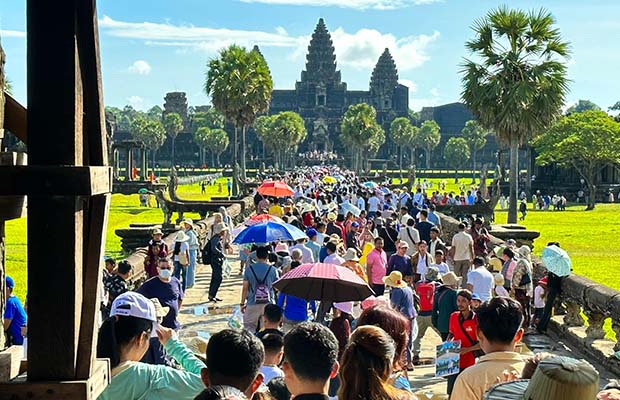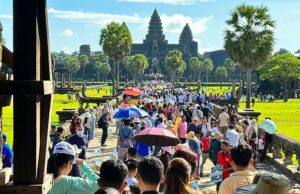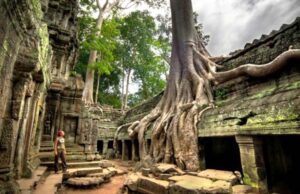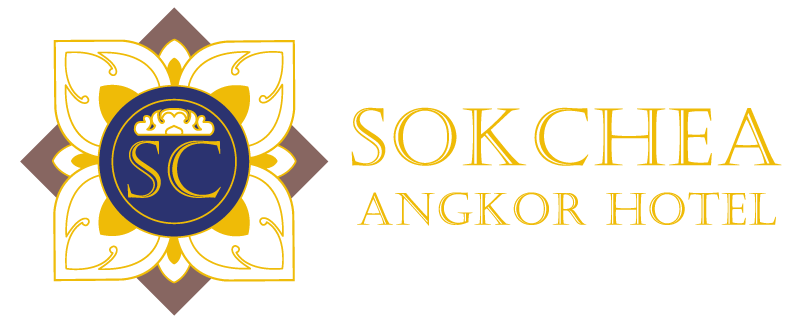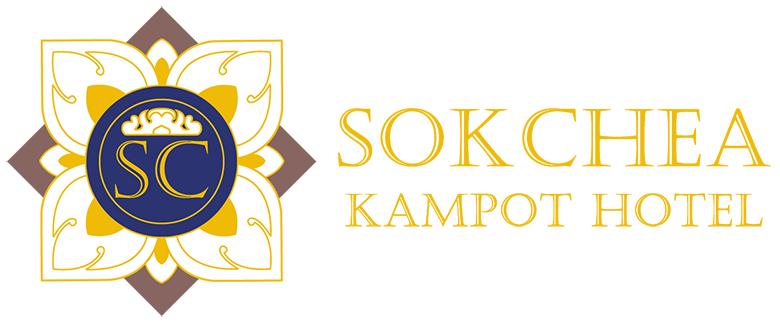Discover the Art of Khmer Ceramics During Your Stay in Siem Reap
Khmer ceramics are more than just beautiful pottery—they are a vibrant part of Cambodia’s cultural heritage. During your stay at Sokchea Angkor Hotel, you’ll have the chance to dive into this ancient art form and experience its magic firsthand. Just a short trip from the hotel, you can visit local workshops or the Khmer Ceramics Center, where talented artisans craft stunning pieces using techniques that have been perfected over centuries.
At these workshops, you’ll witness the artistry behind each creation, learn about the fascinating history of Khmer ceramics, and even get the chance to roll up your sleeves and create your own masterpiece. It’s a hands-on, immersive experience that’s perfect for travelers of all ages-whether you’re an art enthusiast or simply looking to try something new.
Pro Tip: Our friendly hotel staff is always ready to help you plan your visit to the best ceramic workshops in Siem Reap. Let us guide you to an unforgettable cultural adventure!

Take Home a Piece of Cambodia: Souvenir Shopping Guide
What better way to remember your trip to Cambodia than with a piece of its rich cultural heritage? Khmer ceramics are the perfect souvenir—beautiful, meaningful, and uniquely Cambodian. From elegant tea sets and bowls to intricate decorative pieces, these handcrafted items are a testament to the skill and creativity of local artisans. During your stay at Sokchea Angkor Hotel, our concierge team is here to help you find the best places to shop for authentic Khmer ceramics. Whether you’re looking for a small keepsake or a stunning centerpiece for your home, we’ll guide you to trusted local shops and markets where you can find high-quality, handmade treasures. Did you know? By purchasing Khmer ceramics, you’re not just taking home a beautiful souvenir—you’re also supporting local artisans and helping to preserve Cambodia’s traditional crafts for future generations.
Call to Action: Ready to find the perfect piece? Ask our concierge for personalized recommendations on where to buy the best Khmer ceramics and other unique souvenirs in Siem Reap. We’re here to make your shopping experience seamless and enjoyable!
